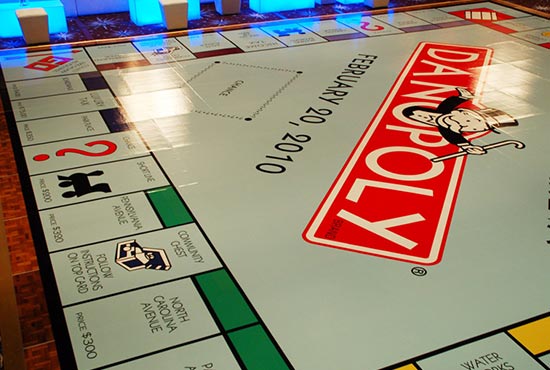Exploring the Diverse Materials That Convert Dance Surfaces into Breathtaking Visual Displays
Wiki Article
Dance floors have developed considerably over the years, becoming increasingly than just a space to move to music. Today, they are converted into stunning aesthetic experiences through the use of multiple substances and techniques. These materials not only enhance the visual attractiveness of the space but also improve the overall experience for performers and audiences alike. Understanding the versatile materials that contribute to these vibrant settings can offer insight into the art of dance floor design.
One of the most frequent substances used in contemporary dance floors is light-emitting diode lighting. LED lights are power-saving and can generate a wide range of colors and effects. They can be embedded in the floor itself or used as part of a lighting system over the dance floor. This innovation allows for coordinated light displays that can alter in reaction to the music, creating an immersive encounter. The capability to configure these lights means that they can be tailored to fit different themes or moods, making each occasion distinct.

Another important material is reflective surfaces, such as reflectors or shiny tiles. These surfaces can create an illusion of space and dimension, making the dance floor appear larger than it is. When performers move, their reflections can add an extra layer of aesthetic interest, enhancing the complete show. Additionally, reflective materials can interact with illumination impacts, amplifying the colors and patterns displayed on the floor. This fusion of illumination and mirroring can captivate spectators and boost the energy of the event.
In furthermore to lighting and reflective substances, the use of electronic screens has become progressively common in dance floor design. These screens can show lively visuals, graphics, or even live feeds of the performance. By incorporating digital technology, occasion planners can create a multi-sensory experience that involves both the dancers and the audience. The capability to alter images in real-time allows for a dynamic environment that can adapt to the beat and vitality of the music, making each moment feel new and thrilling.
Furthermore, the choice of surface substance itself plays a crucial role in the overall encounter. Classic wooden dance floors are still favored for their durability and functional qualities. However, more modern materials like vinyl and elastic are becoming popularity due to their versatility and simplicity of care. These substances can provide better shock absorption, minimizing the chance of injury for dancers. Additionally, they can be crafted with various patterns and colors, allowing for creative representation in the dance floor's look.
In conclusion, the transformation of dance floors into stunning aesthetic encounters relies on a combination of innovative substances and techniques. LED lighting, mirror-like surfaces, electronic screens, and customized flooring materials all contribute to creating dance floor wraps for destination weddings an captivating setting for dancers and audiences. As innovation continues to progress, the opportunities for enhancing dance floor design will only grow, making upcoming events even more captivating and unforgettable. Understanding these materials helps value the craftsmanship involved in creating spaces where dance and melodies come together in harmony.